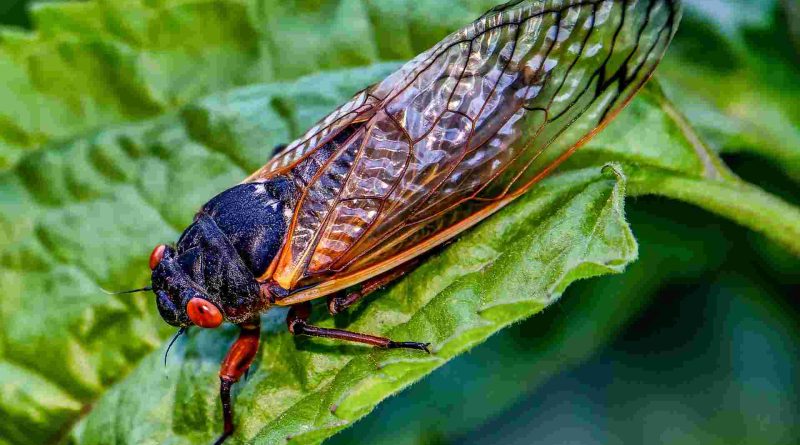The Great Cicada Emergence: Trillions Descend Upon the US
Prepare for the monumental emergence of trillions of cicadas across the United States, marking the most significant invasion in centuries.
The last recorded instance of the simultaneous emergence of the two broods of periodical cicadas in the US dates back to 1803, during the presidency of Thomas Jefferson.
Trillions of cicadas are poised to surface in various regions of the US in quantities not witnessed for decades, possibly even centuries.
Experts anticipate a spectacle in the southeastern US as periodical cicadas, known to resurface every 13 years, align with another brood appearing in a 17-year cycle this spring.
While annual cicadas, larger and greener in appearance than their black-bodied counterparts, can be found worldwide, periodical cicadas, characterized by their black bodies and red, bulging eyes, are exclusive to North America.
The simultaneous emergence of periodical cicadas, notorious for their deafening chorus, is a rare phenomenon, last observed an estimated 221 years ago in 1803, coinciding with Thomas Jefferson’s presidency.
John Cooley, a cicada expert from the University of Connecticut, aptly dubs the impending occurrence “cicada-Seddon.”
Often mistaken for locusts, these insects produce a buzzing noise reaching a staggering 110 decibels.
“Periodic cicadas are anything but subtle,” remarks Mr. Cooley.
Signs of the impending emergence of Brood XIX cicadas, which surface every 13 years, are already evident as they create boreholes in Georgia’s red clay.
With the broadest geographic distribution among cicada species, the XIX population spans across the Midwest, including states like Iowa, Illinois, and Indiana, as well as smaller areas in the southeast, such as Alabama, Arkansas, and Georgia, according to National Geographic.
Shortly after their emergence, cicadas from another population, Brood XIII, will emerge in Illinois.
This 17-year cycle population, according to entomologist Mike Raupp from the University of Maryland, historically exhibits abundance.
The convergence of these broods’ cycles is an extraordinary event that will result in a higher cicada population than ever witnessed before, as noted by University of Maryland entomologist Paula Shrewsbury.
Saad Bhamla, a biophysicist from Georgia Tech, describes the emergence as a remarkable experience, akin to encountering an entire alien species emerging from beneath the ground to greet the world every prime-numbered year.
Researchers from the University of Connecticut estimate that the territory covered by cicadas this year will be equivalent to the size of the US state of Delaware.
Considering a conservative estimate of one million cicadas per acre and the expansive geographical range of their emergence, the total number of cicadas involved is projected to surpass a trillion.
Periodical cicadas seek vegetation near mature trees to mate and lay eggs before retreating underground to feed on roots, explains Gene Kritsky, a cicada expert from Mount St. Joseph University who authored a book on this year’s dual emergence.

